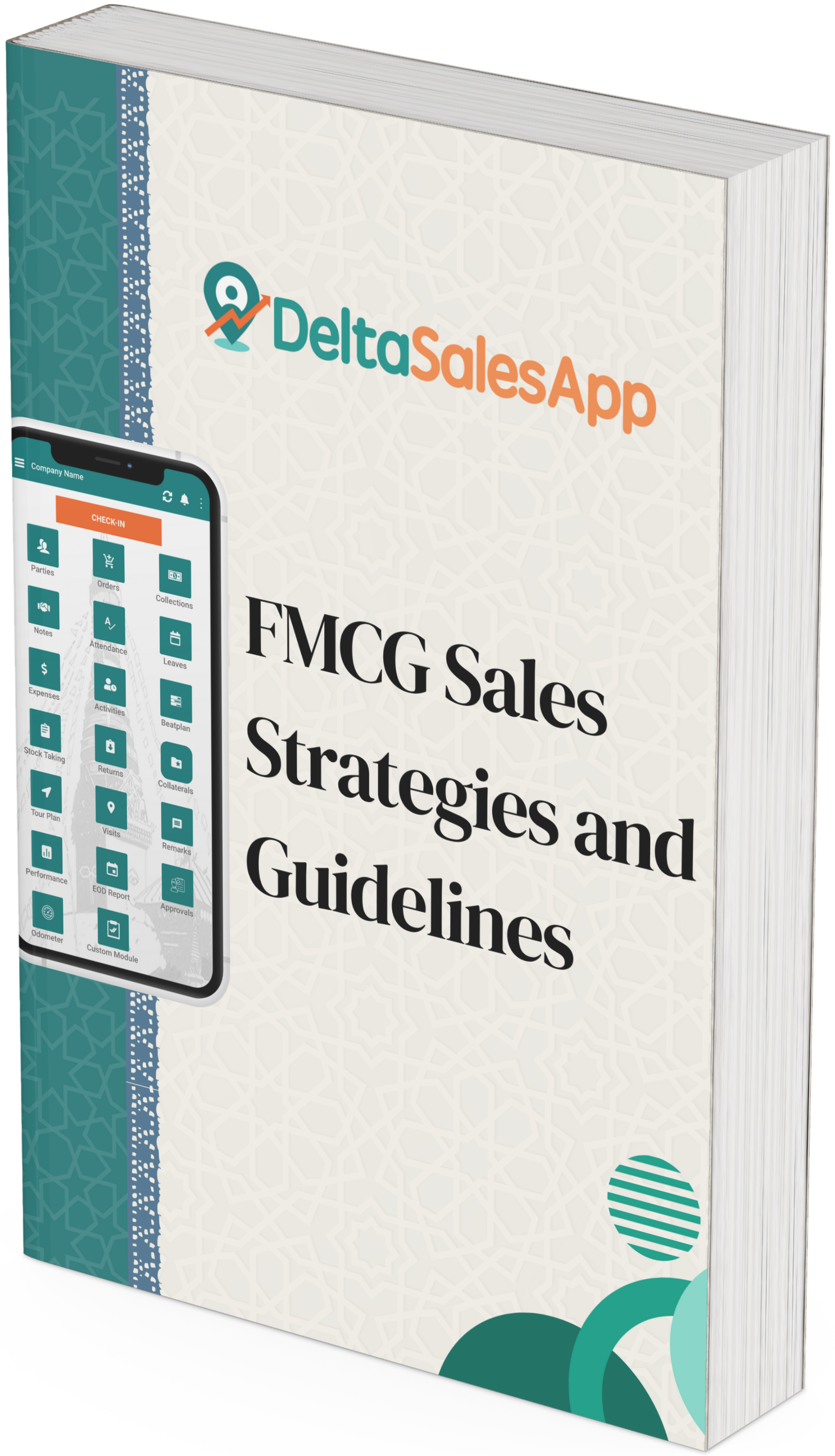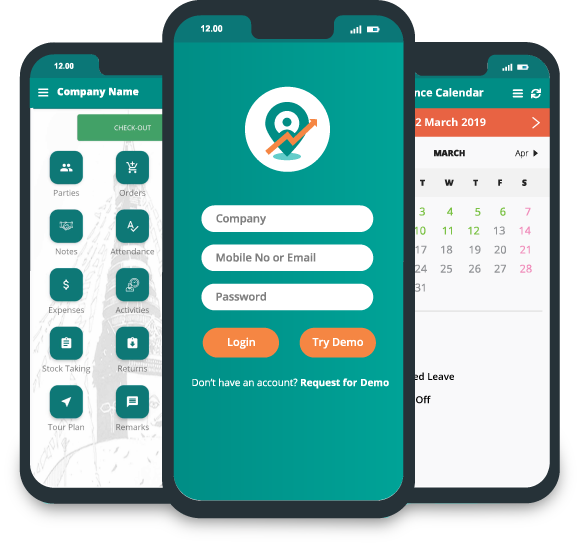How Workforce Management Software Helps Businesses Stay Agile in Today's World

In today's rapidly evolving business landscape, adaptability is key to success. With the rise of remote work, changing customer demands, and unforeseen disruptions, businesses need to be agile in order to thrive. This is where workforce management software comes in—providing the tools necessary for businesses to stay nimble and responsive in an ever-changing environment. Join us as we explore how workforce management software helps businesses adapt to change and maintain a competitive edge in today's world.
Introduction: The ever-changing business landscape and the need for agility
The world of business is constantly evolving, with new technologies, consumer demands, and economic factors shaping the way companies operate. In today's fast-paced global market, businesses must be able to adapt quickly to changes in order to stay competitive and thrive. This requires a high level of agility—the ability to respond rapidly and effectively to shifting circumstances.
One key factor driving the need for agility in business is the rapid pace of technological advancement. With technology continually advancing at an unprecedented rate, businesses are constantly faced with new tools, processes, and systems that can improve efficiency and productivity. However, this also means that companies must be able to keep up with these changes in order to remain relevant and successful.
Another important aspect of the ever-changing business landscape is shifting consumer behavior. With access to more information than ever before, consumers have become increasingly demanding and discerning when it comes to their purchasing decisions. They expect convenience, personalized experiences, and quick responses from businesses. As a result, companies must be agile enough to meet these ever-evolving expectations or risk losing customers to their more adaptable competitors.
What is workforce management software?
Workforce management software is a powerful tool that can help businesses effectively manage their workforce and adapt to change in today's dynamic world. It is an all-in-one solution that integrates various HR processes, including employee scheduling, time and attendance tracking, payroll management, performance evaluation, and more, into one comprehensive system.
With the rise of remote work and the need for flexible working hours, traditional methods of managing employees have become outdated and inefficient. This is where workforce management software comes in; it streamlines these processes and makes them more efficient while also providing real-time data insights to make informed decisions.
Apart from these core features, some additional benefits offered by workforce management software include:
1) Cost savings: By optimizing schedules according to demand patterns and reducing manual processes such as paper-based timesheets or punch cards, businesses can save significant costs on labor expenses.
2) Compliance: Workforce management software helps ensure compliance with labor laws related to working hours, breaks between shifts, or overtime pay calculations.
3) Real-time visibility: With access to real-time data through dashboards and reports provided by workforce management software, managers can make informed decisions to improve efficiency and productivity.
4) Employee engagement: By automating routine tasks, workforce management software frees up time for managers to focus on employee development and engagement, leading to a more motivated and satisfied workforce.
The Benefits of Using Workforce Management Software:
As businesses continue to navigate the ever-changing landscape of today's world, one tool that has become essential for staying agile and efficient is workforce management software. This innovative technology streamlines various aspects of managing a workforce, from scheduling and attendance tracking to payroll and performance analytics. In this section, we will explore the specific benefits that come with using workforce management software.
1. Improved Efficiency:
One of the most significant advantages of using workforce management software is its ability to improve efficiency within an organization. With features like automated scheduling and time tracking, businesses can eliminate manual processes, saving both time and resources. Additionally, having all employee information stored in one centralized location makes it easy for managers to access data quickly and make informed decisions.
2. Cost-Effective:
In addition to improving efficiency, workforce management software also helps businesses save money in the long run. By automating processes such as scheduling and payroll calculations, companies can reduce human error and eliminate unnecessary costs associated with mistakes or inaccuracies in record-keeping. Moreover, with real-time data available on employee performance and productivity, organizations can identify areas where they may be overspending on labor costs.
3. Enhanced Employee Satisfaction:
Workforce management software not only benefits employers but also employees. With features like self-service portals for scheduling requests and time-off approvals, employees have more control over their schedules, leading to increased satisfaction and motivation. Furthermore, accurate time-tracking ensures that employees are fairly compensated for their work hours without any discrepancies or errors.
Improving employee productivity and satisfaction
In today's fast-paced and ever-changing business world, the need for businesses to adapt and stay agile has become more crucial than ever. One key aspect of this adaptation is ensuring that employee productivity and satisfaction are at their peak. This not only leads to better business outcomes but also creates a positive work environment where employees feel motivated and engaged.
1. Efficient Scheduling: One of the biggest challenges faced by many businesses is creating an optimized schedule that meets both business needs and employee preferences. With workforce management software, scheduling becomes more efficient as it takes into account factors such as availability, skills, and workload while also considering employee requests for time off or shift changes. This leads to a fairer and more balanced schedule that ensures employees are not overworked or burned out.
2. Time Tracking: Workforce management software allows for accurate tracking of employee work hours, breaks, and overtime, which eliminates any discrepancies in paychecks or disputes about working hours. By tracking time accurately, businesses can ensure they are paying employees fairly while also identifying areas where productivity can be improved.
3. Performance Management: With workforce management software, managers have access to real-time data on employee performance, such as attendance records, task completion rates, and overall productivity levels. This helps identify top-performing employees who can be recognized or rewarded for their efforts while also pinpointing areas where training or support may be needed for underperforming employees.
4. Employee Self-Service: Workforce management software often comes with self-service portals where employees can view their schedules, request time off, or swap shifts with colleagues without having to go through manual processes involving paperwork or emails back-and-forth with managers. This gives employees more control over their work-life balance, leading to increased job satisfaction and motivation.
5. Communication and Collaboration: Effective communication is vital for any business to stay agile, especially in times of change. Workforce management software often includes features such as instant messaging, task assignments, and team collaboration tools that facilitate better communication between employees and managers. This leads to a more cohesive and productive team dynamic where everyone is on the same page
How does workforce management software work?
Workforce management software is a powerful tool that helps businesses stay agile in today's ever-changing world. But how exactly does it work? In this section, we'll take a closer look at the inner workings of workforce management software and how it can benefit your business.
At its core, workforce management software is designed to help businesses streamline their workforce operations. This includes tasks such as scheduling, time tracking, payroll, and performance management. By automating these processes and providing real-time data insights, workforce management software helps businesses optimize their workforce and increase efficiency.
Features and functionalities
The features and functionalities of workforce management software play a crucial role in helping businesses stay agile in today's fast-paced world. As companies continue to adapt to changing market trends and consumer demands, the need for efficient workforce management becomes increasingly important. Workforce management software offers a wide range of features and functionalities that enable businesses to effectively manage their employees, schedules, tasks, and overall operations. In this section, we will delve into some of the key features and functionalities of workforce management software that make it an essential tool for businesses striving to stay agile.
1. Employee Scheduling: One of the primary functions of workforce management software is employee scheduling. With advanced algorithms and real-time data analysis capabilities, this software can create optimized schedules based on employee availability, skills, workload, and other factors. This not only saves managers time but also ensures that the right employees are assigned the right tasks at the right time.
2. Time Tracking: Another important feature of workforce management software is its ability to track employee working hours accurately. This eliminates manual errors and ensures fair compensation for employees' work hours. Moreover, with remote work becoming more prevalent in today's world, time tracking features allow managers to monitor their team's productivity even when they are not physically present in the office.
3. Task Management: Workforce management software also includes task management functionalities that help teams collaborate efficiently on projects or tasks. Managers can assign tasks, set deadlines, track progress, and communicate with team members within a single platform. This promotes transparency and accountability among team members while streamlining workflows.
4. Leave Management: The leave management feature enables employees to request time off through the system while providing managers with a comprehensive overview of all leave requests. This helps avoid scheduling conflicts while ensuring that employees have adequate rest time.
5. Real-time Reporting: Workforce management software provides real-time insights through customizable reports that offer valuable information about employee performance, productivity levels, schedule adherence rates, and more. These reports help managers make data-driven decisions to optimize their workforce and improve overall efficiency.
6. Integration Capabilities: Many workforce management software programs offer integration capabilities with other business tools such as payroll, HR systems, and project management platforms. This allows for seamless data transfer between different systems, reducing manual work and ensuring accuracy in data management.
The features and functionalities of workforce management software offer businesses the agility needed to thrive in today's constantly evolving world. By streamlining employee management processes and providing valuable insights, this software enables companies to adapt quickly to changes while maintaining productivity levels and meeting customer demands.
Case Studies with Examples
QSTEK Farming, a company in the food sector specializing in the production and sale of sunflower oil, faced challenges with managing their sales force and operations. Their manual processes hindered real-time data capture, sales record creation, and efficient team management.
Problem Solved, Efficiency Gained:
By implementing the Delta Sales App, QSTEK Farming successfully addressed their initial goals:
Real-time Sales Transactions: Capture sales data on the spot, eliminating manual recording delays.
Centralized Sales Database: Create and maintain a comprehensive record of all sales activity.
Automated Reporting: Generate various reports to track sales performance and collections and identify trends.
Improved Team Management: Gain insights into team activity and optimize sales force management.
Continuous Improvement:
Recognizing the ongoing need for optimization, QSTEK Farming actively proposes feature enhancements. These include:
Salesman-Specific Outstanding Payment Reports: Track outstanding payments by salesperson for improved debt collection management.
Mass Expense Approval: Save time and streamline the expense approval process.
Mass Order Dispatch: Improve efficiency by dispatching orders in bulk.
This case study demonstrates how workforce management software like Delta Sales App empowers businesses to stay agile in today's world. By automating tasks, generating valuable reports, and facilitating effective team management, QSTEK Farming has achieved greater efficiency and a significant improvement in their sales operations. The ongoing collaboration between QSTEK Farming and the Delta Sales App team ensures continuous improvement and adaptation to their evolving needs.









